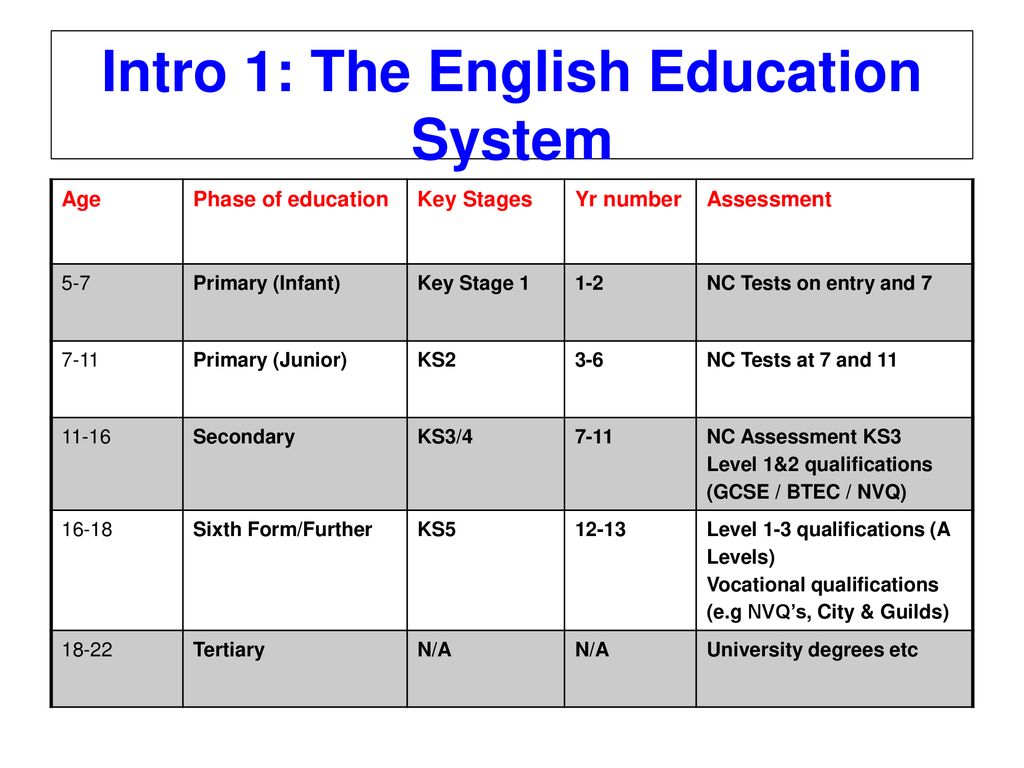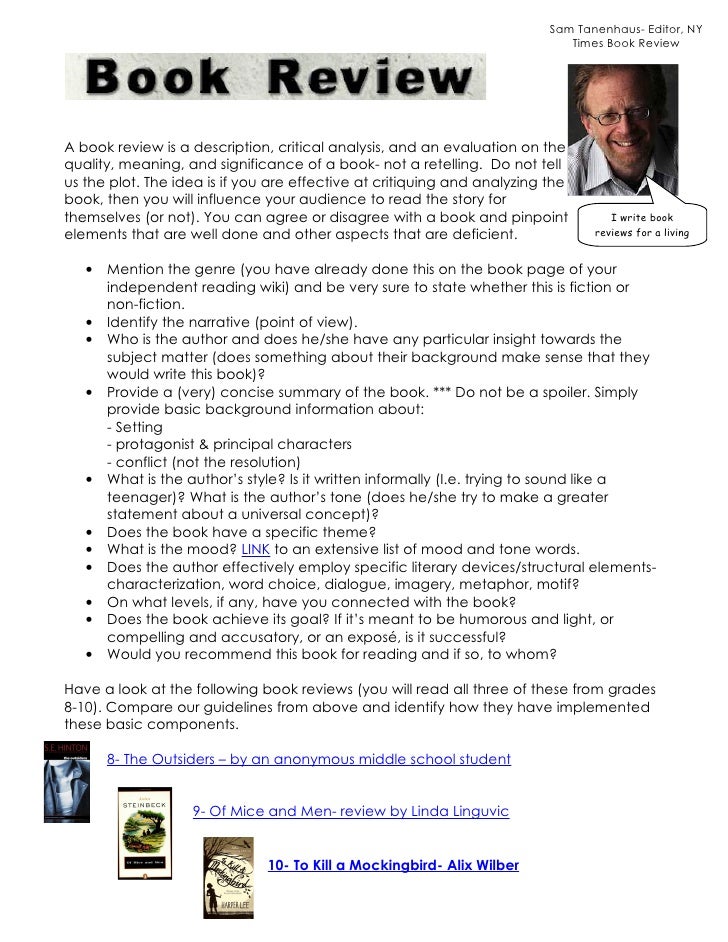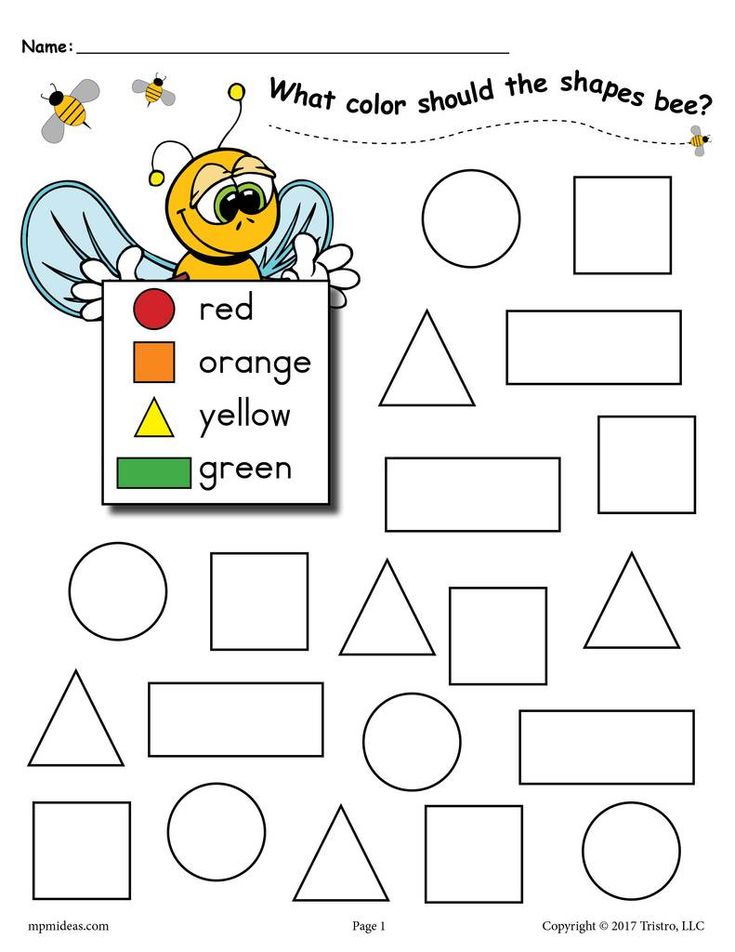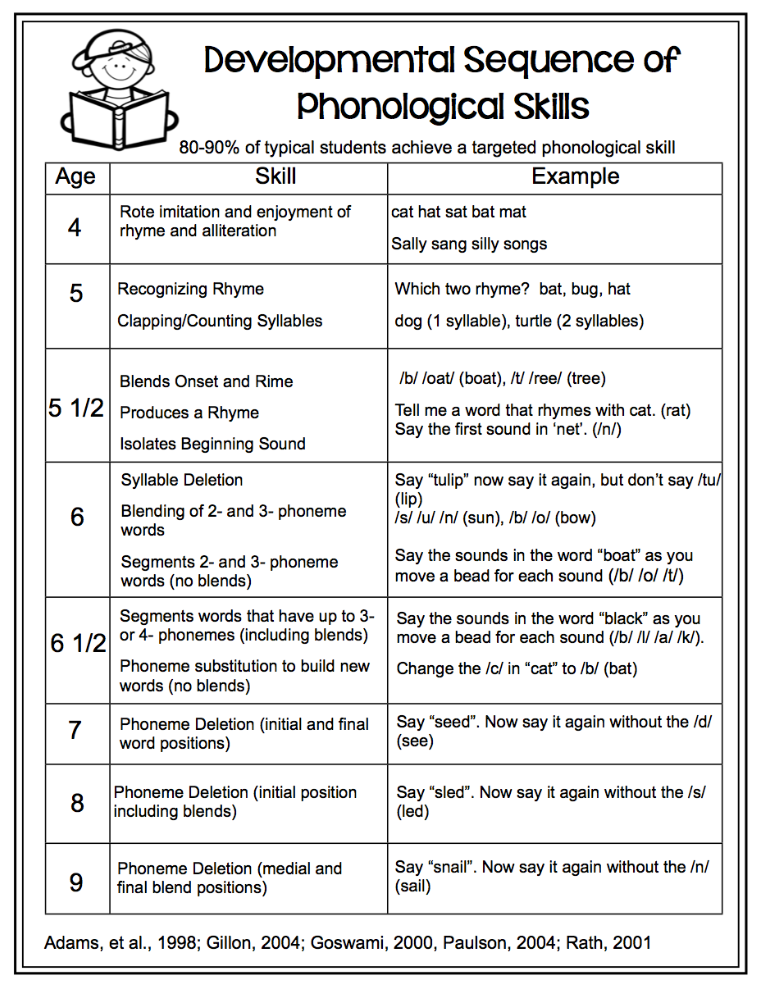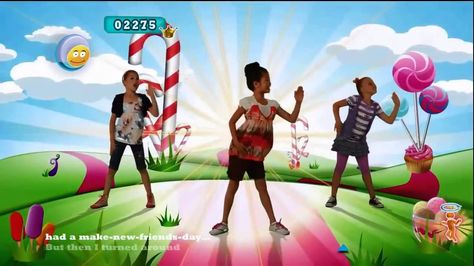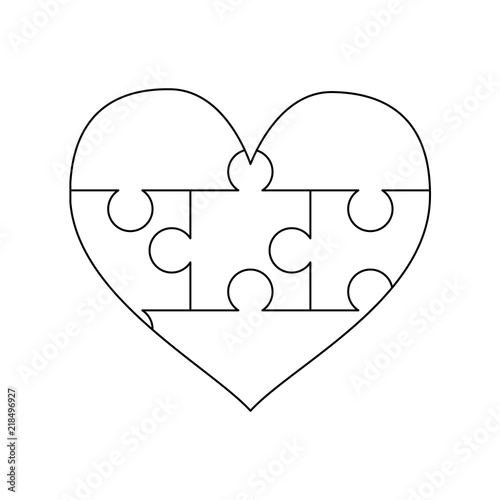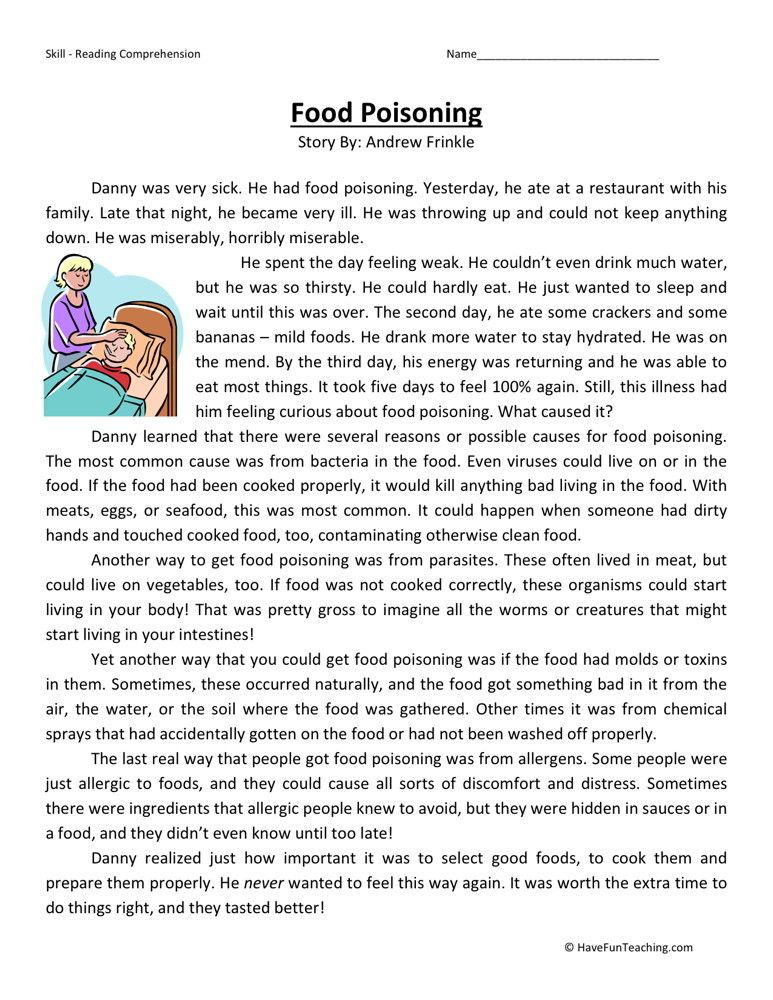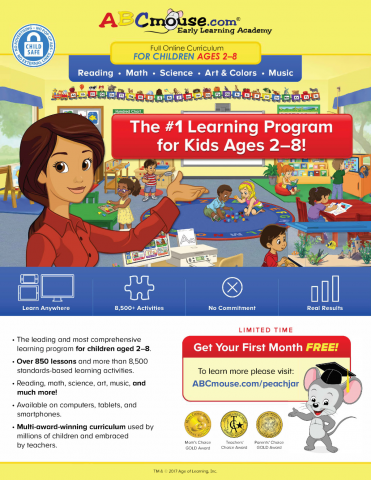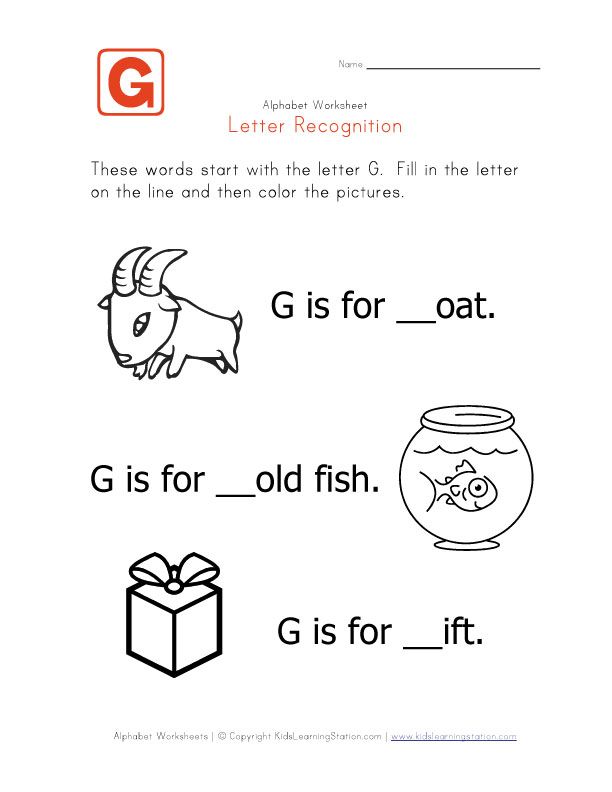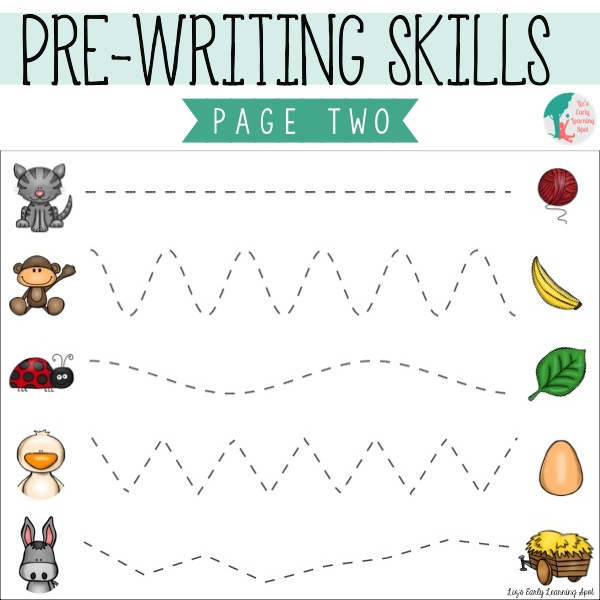Scholastic leveling exam
Wonderlic Scholastic Level Exam - Wonderlic Test Practice
The Wonderlic Scholastic Level Exam (SLE) is a cognitive ability test that is often given by academic institutions when they are making enrollment decisions. The Wonderlic SLE is a student assessment exam that is used by many different types of educational institutions and career colleges around the world. The SLE is popular for a number of reasons, but one of the most compelling of reasons is because there is a strong relationship between SLE scores and a student’s future GPA.
Take a Wonderlic SLE Practice Test37 votes, 4.7 avg
868
You have 12 minutes to finish this test.
Wonderlic SLE Test
To begin a practice Wonderlic SLE test, click the "Start" button below.
1 / 50
Mike had a jar of nickels that had five more nickels than he originally thought. If the total amount of nickels was $4. 35, how many nickels did Mike think he had originally?
87
78
86
72
82
2 / 50
Select the word that is similar to gross
archaic
unpleasant
tense
untimely
3 / 50
A lawyer owns 4 pairs of pants, 5 dress shirts and 6 ties. How many days can the lawyer go without wearing the same combination of three items?
26
120
15
34
4 / 50
The declaration of Independence was signed in:
1900
1776
1432
1824
5 / 50
Over the course of two weeks, Al spent $105.00 on lunch. What was the average cost per day?
$6.50
$7.25
$5.75
$8.05
$7.50
6 / 50
Sand is to beach as ____ is to road
signs
cars
paint
asphalt
7 / 50
In the number 10,987.36 which digit represents the tenths space?
8 / 50
How many continents are there?
9 / 50
Are the following two words similar, contradictory, or not related?
| Infallible | Impeccable |
Similar
Contradictory
Not Related
10 / 50
Which number comes next in this series?
| 99 | 33 | 11 | 3 2/3 |
1 2/9
1.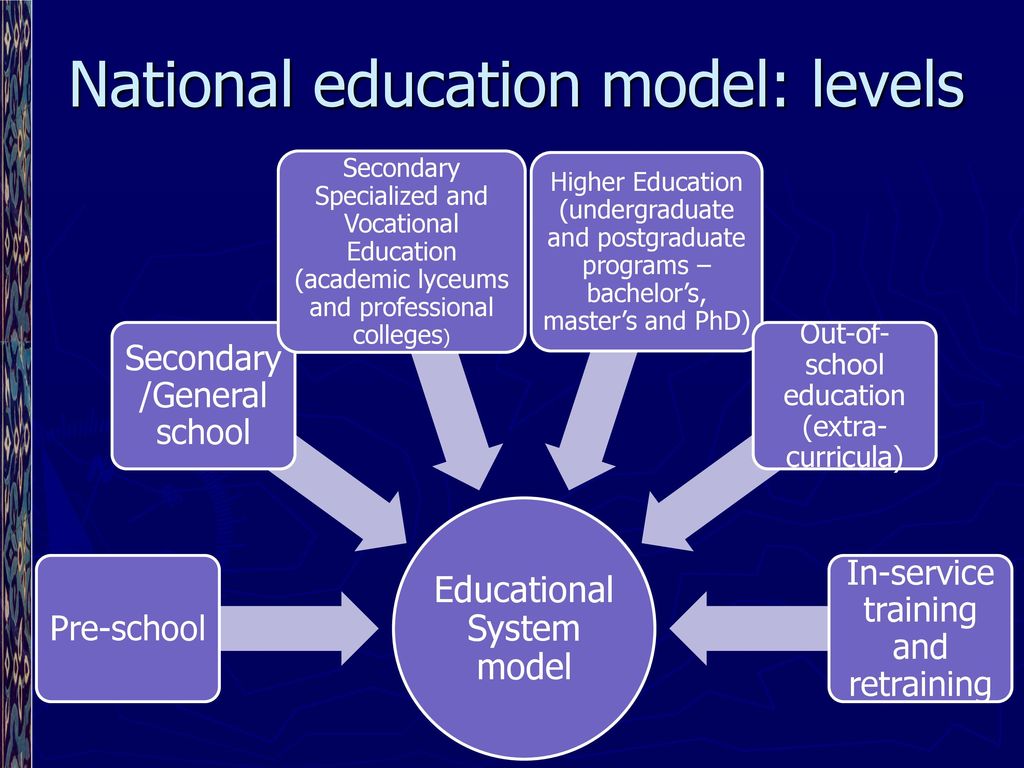 7
7
2.5
1 1/2
11 / 50
Which number is largest?
14.000
14,000
1.400
140.00
14.00
12 / 50
If you have 3 dimes, 5 quarters, and 6 nickels, how much change do you have?
$1.85
$2.00
$3.40
$1.20
13 / 50
Mark got a 20% raise for his salary. If this salary was $1,800, what is his new salary?
$2,800
$2,160
$2,000
$1,820
14 / 50
When folded into a cube, which of the following corners would touch corner "A?"
15 / 50
If the first two statements are true, is the last statement true as well? When it rains Julie wears a yellow coat. Julie has on a yellow coat. It is raining.
no
yes
uncertain
16 / 50
REDACT, REACT – Do these words:
Have contradicting meanings?
Mean neither the same nor the opposite?
Have similar meanings?
17 / 50
Joseph gets married next month. One year ago from the date he will get married, Joseph was in the Hamptons for the 4th of July. What month is it?
One year ago from the date he will get married, Joseph was in the Hamptons for the 4th of July. What month is it?
March
July
June
May
August
18 / 50
Are the following two words similar, contradictory, or not related?
| Familiar | Gallant |
Similar
Not Related
Contradictory
19 / 50
How many exact pairs are there: 5656/5656, 3458/3468, 5239/5239, 8967/8967, 1432/1432
20 / 50
Select the word that is different from the others
coin
change
ample
token
21 / 50
Which following list of odd numbers totals 56?
9, 11, 13, 15
11, 12, 15, 18
13, 15, 17, 19
11, 13, 15, 17
7, 11, 13, 23
22 / 50
How many of the six pairs of items listed below are exact duplicates?
| 5581 | 5518 | |
| 86887 | 86887 | |
| 14443 | 14443 | |
| 56789 | 56798 | |
| 44332 | 4432 | |
| 108526 | 180526 |
23 / 50
Instructions for a blanket call for 36 yards of yarn.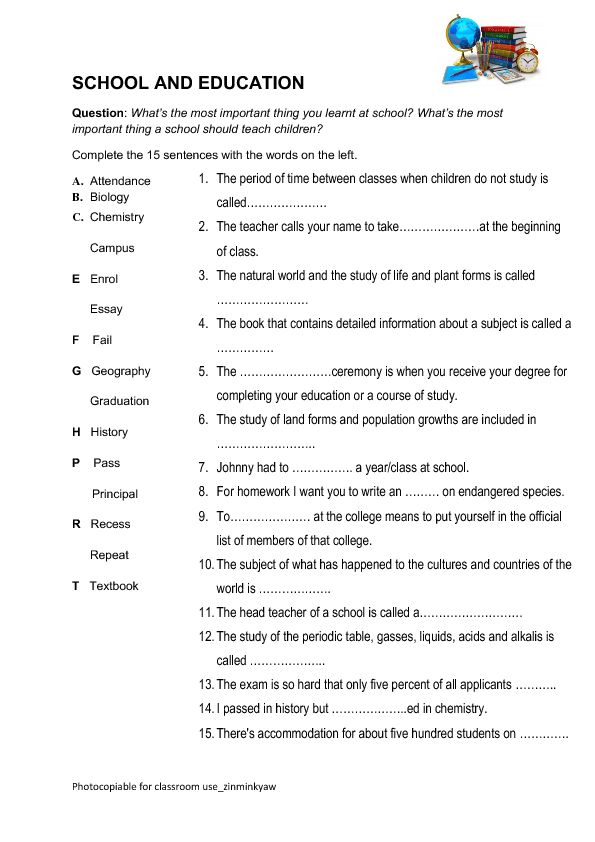 A skein of yarn has 6 feet in in. How many skeins of yarn do you need?
A skein of yarn has 6 feet in in. How many skeins of yarn do you need?
12
23
18
20
24 / 50
There are 4 times as many used cars in the car dealership lot as there as new cars. There are 120 cars total in the dealership lot. How many new cars are in the car dealership lot?
27
25
24
26
25 / 50
A football field is 100 yards and also includes two endzones that are 10 yards long each. How many feet long is a football field including the endzones?
220
320
300
360
26 / 50
Which word does not belong?
enamored
abhor
love
attract
27 / 50
A race car travels 100 feet in .5 seconds. At this rate of speed, how many feet will the race car travel in a minute?
11,000 feet
16,000 feet
15,000 feet
12,000 feet
28 / 50
Mary got a raise of 2% on her salary. If her original salary was $160,000, how much is it after the raise is implemented?
$166,600
$168,600
$163,200
$164,500
29 / 50
Rearrange the words to make a complete sentence.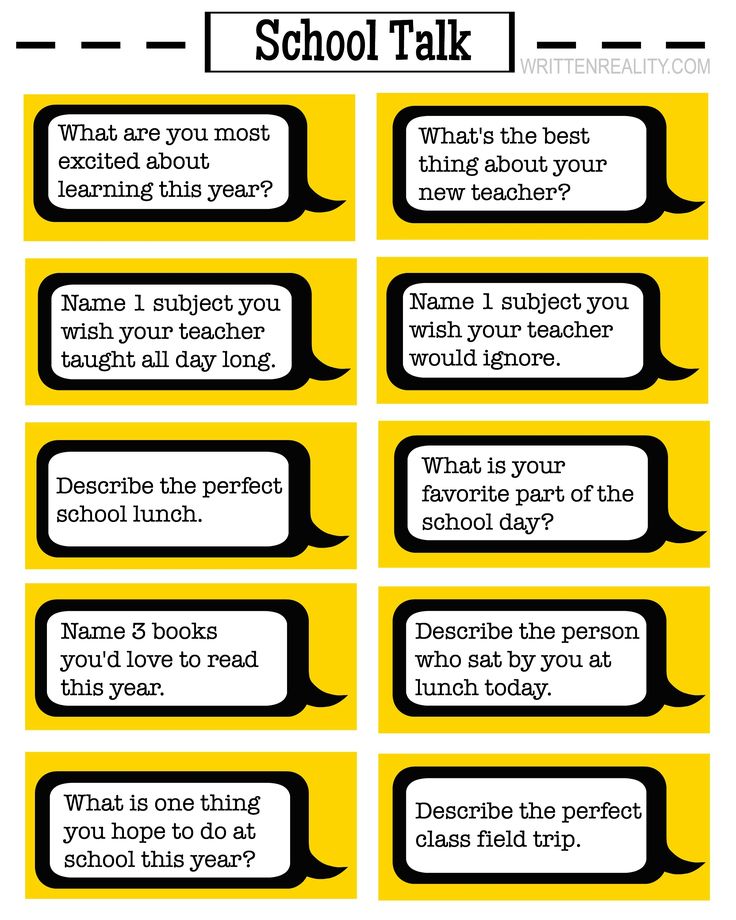 What word follows vacation? Vacation Mike took to beach the a
What word follows vacation? Vacation Mike took to beach the a
to
beach
vacation
mike
30 / 50
Are the following two words similar, contradictory, or not related?
| Beat | Pound |
Not Related
Contradictory
Similar
31 / 50
Cow is to milk as orange is to:
apple
juice
soda
coffee
32 / 50
Select the one that is not a type of triangle
right
rhombus
obtuse
acute
33 / 50
Healthy vs sick is
similar
same
close
opposite
34 / 50
A biker travels 5 feet in 0.5 seconds. At this exact speed, how far will the biker travel in a minute?
900 feet
300 feet
400 feet
600 feet
35 / 50
Choose the word that doesn't belong
river
pool
ocean
lake
36 / 50
When folded into a cube, which of the following corners would touch corner "A?"
37 / 50
If the first two statements are true, is the last statement true as well? Dogs like sticks.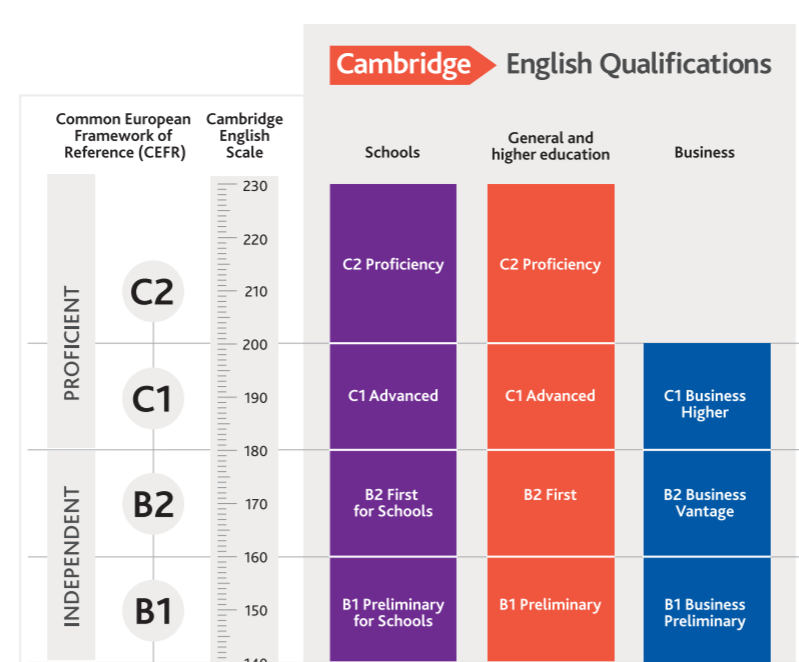 Marvin has a stick. Marvin is a dog.
Marvin has a stick. Marvin is a dog.
uncertain
yes
no
38 / 50
A girl is 21 years old and her brother is a third her age. When the girl is 36, what will be the age of her brother?
12
17
27
22
39 / 50
The square footage of a room is 1400 feet. If the one side is 25 ft long, what is the length of the other side?
45
32
56
23
40 / 50
How many duplicates are there: 3998/3998 2901/2902 3548/3548 9723/9723 4953/4593 6387/6381
41 / 50
Tardy is the opposite of:
Conscientious
Punctual
Rigorous
Negligent
Meticulous
42 / 50
What number comes next in the series? 31, 1031, 402, 16, ____
743
320
1
80
43 / 50
Are the following two words similar, contradictory, or not related?
| Fault | Break |
Similar
Contradictory
Not Related
44 / 50
The 12th letter of the alphabet is:
45 / 50
What is the average of: 14, 17, 22, 27?
20
17
15
22
12
46 / 50
How many of the six pairs of items listed below are exact duplicates?
Myron, J. T. T. | Mryon, J.T. | |
| Bitters M.M. | Bitters M.M | |
| Aldrich, B.J. | Aldrich, B.J. | |
| Hoff, J.B. | Hoff, J.P. | |
| Simms,G.K. | Simms,C.K. | |
| Elvis, P.R. | Elvis, P.R. |
47 / 50
When folded into a solid shape, which corner touches corner "D?"
48 / 50
What is the next number in the series: 4, 12, 6, 9, 8, 6,__
5
12
10
6
49 / 50
Which of the following is not a whole number followed by its square?
15, 205
8, 64
13, 169
2, 4
11, 121
50 / 50
From the list below, select all of the quadruped mammals that might be found as a pet in a typical American family home.
Hamster
Goldfish
Cat
Dog
Giraffe
Your score is
The average score is 41%
Rate this test!
The Wonderlic SLE A cognitive ability tests is not necessarily a measurement of intelligence – it is simply designed to gauge a person’s ability to solve problems using the information provided, and to learn quickly and follow instructions. There are three versions of the Wonderlic SLE test.
There are three versions of the Wonderlic SLE test.
Wonderlic Scholastic Level Exam-Pretest
This is a shortened version of the traditional Wonderlic test, containing only 30 questions that must be finished within 8 minutes. The test is often given at an early stage to applicants and is given online. This can give applicants the ability to complete the exam within the comfort of their own home. For that reason, it is not a proctored exam, meaning there is no testing supervisor needed for the applicant to take the exam.
Wonderlic Scholastic Level Exam
This test is most similar in structure to the traditional Wonderlic test. Test takers are given 12 minutes to complete 50 questions. The test can be given on a computer or on paper. This test is proctored, meaning there must be a testing administrator present for the test to be considered valid.
Wonderlic Scholastic Level Exam – Distance Learner
This test is very similar to the Wonderlic Scholastic Level Exam-Pretest except instead of 8 minutes to answer 30 questions, test takers are given 12 minutes. The other big difference is that this is a proctored test, meaning a testing administrator must be present. The Distance Learner test, like the Pretest, is typically given using a computer.
The other big difference is that this is a proctored test, meaning a testing administrator must be present. The Distance Learner test, like the Pretest, is typically given using a computer.
How is the Wonderlic SLE Different From the Wonderlic test?
It should be noted that there is no standard Wonderlic test or official go-to Wonderlic test. Traditionally, Wonderlic tests were used by employers and given to job applicants to assess whether or not they would be a good fit for the job that they were applying for. Recently questions from the test has been used by academic institutions such as colleges and career training institutions, which has led to a separately designed test by the Wonderlic organization. Questions found on the Wonderlic SLE are similar in style and structure to what one would find on most Wonderlic tests. The difficulty and range of questions may vary based on the type of Wonderlic SLE test given.
How Can I Practice?
While you can’t prepare for the exact questions that you will see on the SLE, you can prepare by finding sample questions and taking Wonderlic SLE practice tests that reflect the types of questions you will see on the test.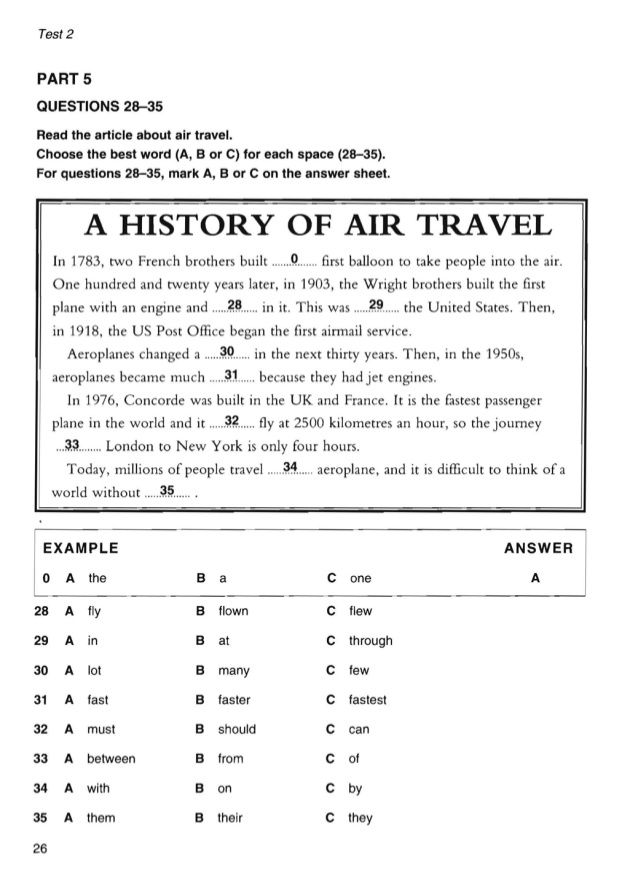 With all of the Wonderlic tests, one of the biggest enemies you will face is the clock. Test takers who do poorly on the Wonderlic often complain about the limited time they were given to complete the test. We have tests of different lengths to give you the ability to get used to the types of questions you will expect to see on the Wonderlic SLE. Take the 50 question test above or choose from our following sample tests:
With all of the Wonderlic tests, one of the biggest enemies you will face is the clock. Test takers who do poorly on the Wonderlic often complain about the limited time they were given to complete the test. We have tests of different lengths to give you the ability to get used to the types of questions you will expect to see on the Wonderlic SLE. Take the 50 question test above or choose from our following sample tests:
- Full Wonderlic Practice Test
- Quick Wonderlic Practice Test
Sample Test, Tips, and More!
Hi there,
Were you invited to take the Scholastic Level Exam (SLE)? You’ve come to the right place! Let us help you prepare and ace your test with the following:
- Free practice questions with explanations
- Complete test breakdown with samples
- Score interpretation
- Prep course to maximize your score potential
What’s the Scholastic Level Exam All About?
The Wonderlic Scholastic Level Exam is a cognitive ability test that helps academic institutions select candidates for different programs. It is the equivalent of the Wonderlic Personnel Test (WPT), which is used for pre-employment testing.
It is the equivalent of the Wonderlic Personnel Test (WPT), which is used for pre-employment testing.
There are two versions of the test:
- Quicktest, or SLE-Q: 30 questions with an 8-minute time limit. You can expect to take the SLE-Q online, in a non-proctored environment, early in the admissions process.
- Wonderlic SLE full version: 50 multiple choice questions with a 12-minute time limit. You can expect to take this version on the premises of the institute you applied for.
↑ an illustration of a test item on the SLE
Free Scholastic Level Exam Practice Test
Take this quick test to assess your current performance and to get a gist of the question styles and topics that show up on the SLE. Upon submission, you’ll get a score report that will compare your performance to that of other candidates who’ve taken this test, and in addition, you’ll get access to the solutions and explanations.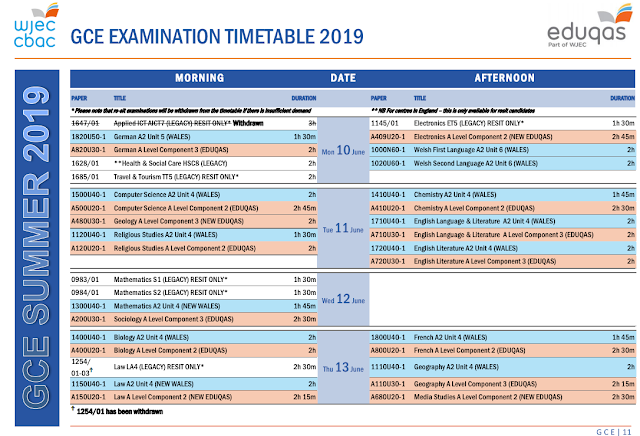
Take the Free Test
What’s the Scholastic Level Exam Like?
The Wonderlic SLE is made up of many different question types that fall under the broader categories of verbal, quantitative, abstract and logical reasoning. They are further categorized into the following question types.
- Verbal reasoning: word comparisons, antonyms, sentence forming, syllogisms, proverbs
- Abstract and spatial reasoning: folding boxes, rotational series
- Numerical reasoning: graphs, number comparisons, simple math, word problems, number series
- General knowledge: dates & times, popular science
Here are some sample questions with solutions:
Word comparisons sample question
FACILITATE IMPEDE
These words are:
A. Similar
B. Contradictory
C. Neither similar nor contradictory
Solution
The correct answer is B. These words are contradictory. The word facilitate means to make something easier, while impede means to block or make something harder.
Word math problem sample question
Alex is 5 years older than Harry. Harry is 15 years old. Sandra is half of Alex’s age. How old will Sandra be when Harry is 40?
- 45
- 50
- 40
- 37
- 35
Solution
The correct answer is 35. First, we know Harry is 15. Alex is 5 years older, so he is 20. Sandra is half of Alex’s age, making her 10, which is 5 years younger than Harry. This means that when Harry is 40, Sandra will be 35.
Cube folding sample question
Can you tell which of the options can be folded correctly into the cube on the left?
Solution
The correct answer is C.
In order to answer it correctly and quickly, you must first be familiar with the different nets and how they fold into a 3-dimensional cubes.
If the symbols/faces are opposite each other or have another symbol/face between them in the net, then they cannot touch each other in the final cube.
In this question, we have three square faces of a cube: 6 dots, 3 dots, 2 dots. They all have one touching point with each other. Thus, options B, D, can be disqualified immediately, as their structure includes another, empty face between them. this leaves us with options A, C. Try and fold both into a cube and you’ll see that only option C fits.
They all have one touching point with each other. Thus, options B, D, can be disqualified immediately, as their structure includes another, empty face between them. this leaves us with options A, C. Try and fold both into a cube and you’ll see that only option C fits.
SLE Test Format
- The test is not divided into sections, but instead features all of the question types mixed together.
- Questions are arranged in order of difficulty, so it’s likely the first questions you see will be easier than ones you face later in the test.
- You will be able to skip questions and come back to them while taking the test, so it’s best to try to answer the easier ones first, especially since you likely won’t have time to answer all 50 questions.
- You are not allowed to use a calculator, but you may use a piece of scratch paper for quick calculations.
Passing Scores
In many cases, the SLE will be used when the GPA of a student is below a certain threshold, usually below 2.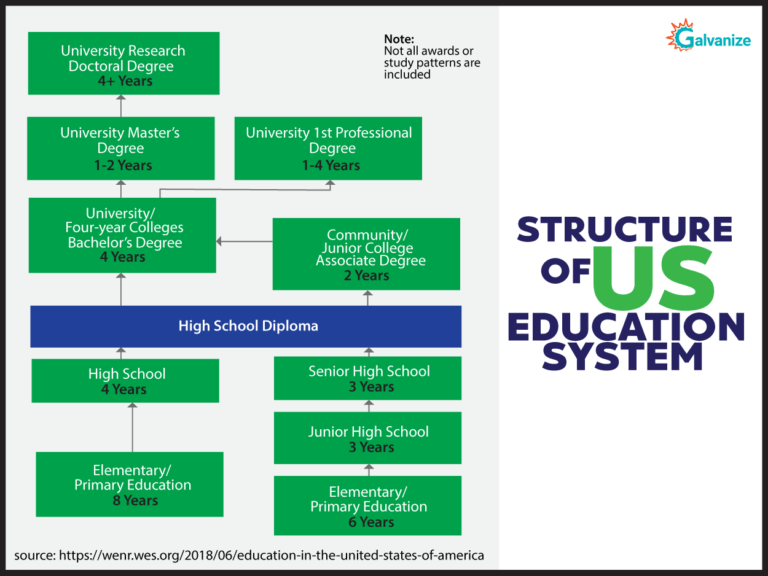 5 or 2.4. But it can also just add up to the admissions process as another selection tool. The SLE’s passing score depends on the college and program. You must find out what is the passing score of your desired program.
5 or 2.4. But it can also just add up to the admissions process as another selection tool. The SLE’s passing score depends on the college and program. You must find out what is the passing score of your desired program.
Each question is worth one point, and you will not lose points for answering incorrectly, so it’s best to still take a guess even if you don’t know the answer.
In the example below, we can see that the passing score is 14 and that the candidate managed to score 16, which means they passed.
Also, note that the scores stretch all the way to 50. That’s because the shortened version with 30 questions is converted to the 50-question scale. Thus, on the SLE-Q, each question is actually worth 1.66 points. This is to account for there being only 30 questions, so your score would still be out of 50.
Here’s an example of passing scores for some veterinarian technology colleges.
| Institute | Passing score | Program |
| Vet Tech Institute | 20 | Vet Tech |
| bel-rea | 16 | Vet Tech |
| Plaza College | 18 | Dental Hygiene |
| Hallmark University | 15 | Information Tech |
| FVI School of Nursing | 16 | Practical Nursing |
Nursing Schools and the SLE
The SLE serves as one of the nursing schools’ entrance exams.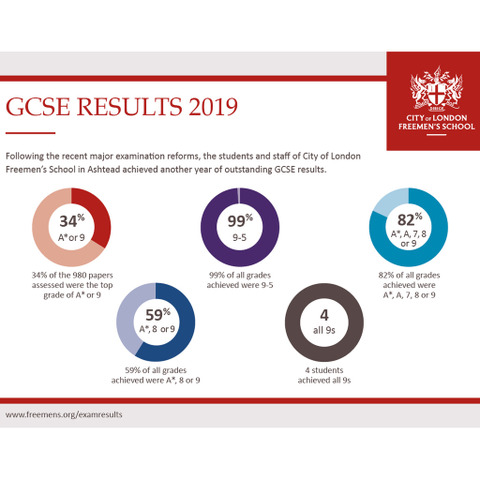
Types of nursing programs that use the Wonderlic SLE include Certified Nursing Assistant (CNA), Bachelor of Science in Nursing (BSN), Associate of Science in Nursing (ASN), Associate Degree in Nursing (ADN), and Licensed Practical Nurse/Licensed Vocational Nurse (LPN/LVN).
The Benefits of Practice & How We Can Help You
Practicing for a general mental ability test has proven to improve candidates’ scores. The same rationale applies to the Wonderlic Scholastic Level Exam. Training allows you to perform better by:
- calculating faster
- familiarizing yourself with math concepts that you haven’t trained on for a long time
- developing your confidence
I highly recommend that you have a look at my free prep course’s curriculum and try out the free test that’s offered above.
Important Resources
Here are the Official sample questions, which show up on the PIMA Medical Institute.
Here’s where the US Government’s Education Resources Information Center (ERIC), says clearly that the SLE is the equivalent of the Wonderlic Personnel Test (WPT-Q).
Here’s the Wikipedia page about the Wonderlic test. Here too, you’ll find that the SLE is in fact similar to the Wonderlic Personnel Test.
Exempt education from the exam. - Teacher's newspaper
The main conclusion of the introduction of the Unified State Examination, which the vast majority does not want to see and realize, is that almost the entire country studies for the sake of the final exam. Not for the sake of new knowledge, not in accordance with the artificial science-like Federal State Educational Standards, but for the sake of final scores...
Many seek salvation in returning to the "Soviet school", not realizing that the school lived in a different system of relations. The results of the Soviet school integrate not only internal school processes, but the whole life of society, because the school concentrates them in itself due to the core meaning of education for everyone and everyone, multiplying all this by the significance of the children it teaches.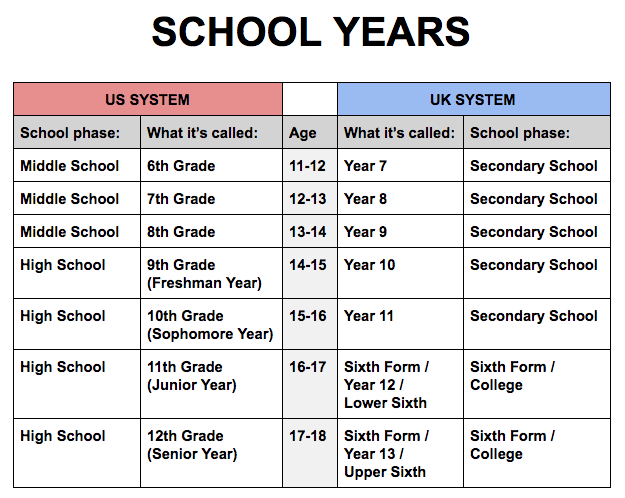 Motivation to study in Soviet society was generated by the values of society, and not by the school. The school reflected them well. As the Soviet society changed, the motivation for learning changed. K 19In 1984, the school ceased to satisfy, at least, the authorities. Who found those times, remembers the fierce discussions on the growing problems. Memory has a saving property of suppressing negative memories, so for many, against the backdrop of modern problems, past school life seems rosy. But that's not the case at all. Reforms of the education system began in 1984 at the initiative of the CPSU against the backdrop of serious problems and discussions.
Motivation to study in Soviet society was generated by the values of society, and not by the school. The school reflected them well. As the Soviet society changed, the motivation for learning changed. K 19In 1984, the school ceased to satisfy, at least, the authorities. Who found those times, remembers the fierce discussions on the growing problems. Memory has a saving property of suppressing negative memories, so for many, against the backdrop of modern problems, past school life seems rosy. But that's not the case at all. Reforms of the education system began in 1984 at the initiative of the CPSU against the backdrop of serious problems and discussions.
The conclusion about motivation for the sake of the exam, and not for the sake of knowledge, could have been made even then, long before the harshly criticized USE. But under the conditions of completely different requirements in different schools and different universities, this was much less obvious than after the introduction of a single exam.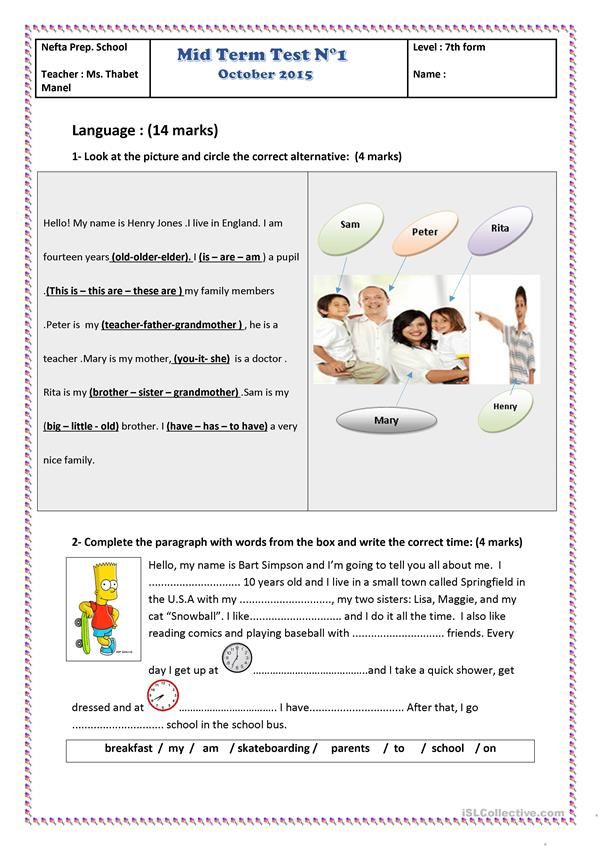 If even now only rare specialists make this conclusion, one can understand how difficult it is for society to realize this simple and deadly fact. This is what kills any attempts to reform the education system. Until we break the orientation to the exam, we will not be able to build anything positive. Especially in the conditions of the rapid development of the consumer society, when it does not matter where and why electromagnetic waves fly, if you can press a few buttons and talk through these waves with any interlocutor.
If even now only rare specialists make this conclusion, one can understand how difficult it is for society to realize this simple and deadly fact. This is what kills any attempts to reform the education system. Until we break the orientation to the exam, we will not be able to build anything positive. Especially in the conditions of the rapid development of the consumer society, when it does not matter where and why electromagnetic waves fly, if you can press a few buttons and talk through these waves with any interlocutor.
We are accustomed to considering the exam as an integral element of learning. Why? Because earlier the learning process was of an industrial conveyor nature. The information was the teacher's resource. The student was the vessel that was filled by the teacher. It is logical in this model, at the end of the bay, to “require foam sedimentation” and check the “filled” level. The student was interested in maximum fulfillment, because this allowed him to occupy a more successful place in life.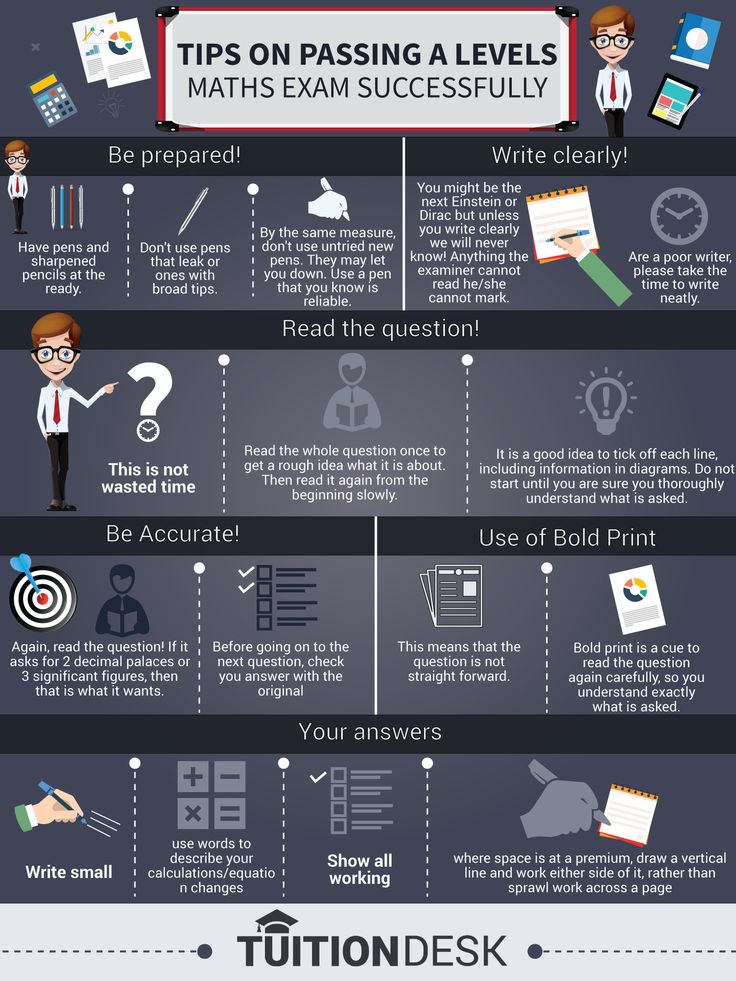 Yes, children. Yes, leprosy. Yes boring. But it was a value shared by all, in spite of the leprosy and in spite of them. This created motivation for learning, the exam in which was organic to the process.
Yes, children. Yes, leprosy. Yes boring. But it was a value shared by all, in spite of the leprosy and in spite of them. This created motivation for learning, the exam in which was organic to the process.
Today the teacher is not a source of life-giving information. There is so much of it around that you do not have time to fight back, to distinguish value from garbage, truth from lies, good from evil. What now can test the exam, except for the observance of the ritual? Why is it needed? What is the meaning of education today? What does society as a whole and each specific person need from the education system?
The exam was killed, let's say. What do we live?
First of all, you need to understand the essence of the processes taking place in the education system and identify the values that may be different for different participants. I liked Peter Shchedrovitsky's triad "education-training-training".
I would start with the concepts of education and training.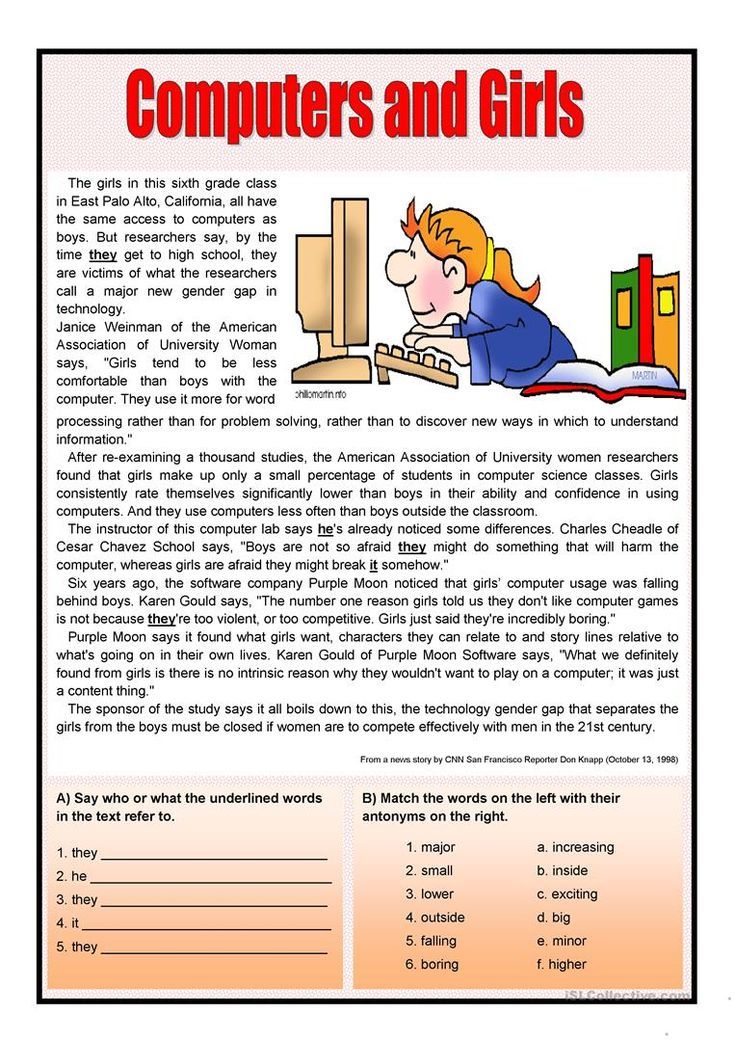 From the previous stage of "pouring the vessel" we have left a vicious practice of treating these two words as synonyms. Moreover, the word "education" has so many different meanings that they can even be opposite!
From the previous stage of "pouring the vessel" we have left a vicious practice of treating these two words as synonyms. Moreover, the word "education" has so many different meanings that they can even be opposite!
The most useful meaning of education in terms of content and operational potential is the knowledge of the world and one's place in it. This is my process of cognition, internal, passing through my whole life, regardless of the school, university, the entire education system! When I read, when I watch TV, when I quarrel with my girlfriend, when I see my mother off forever... I interact with the world and change my idea of it, change my attitude towards it in general and its various manifestations, in particular. All my life I have been building my model of ideas about the world - my picture of the world. That is what education is.
The education system is designed to help me with this. She usually does this through training. This is an external process. The teacher, through specially organized information, is trying to convey to me various elements of the scientific model of the world, which in the ZUN model was unfortunately called “knowledge”.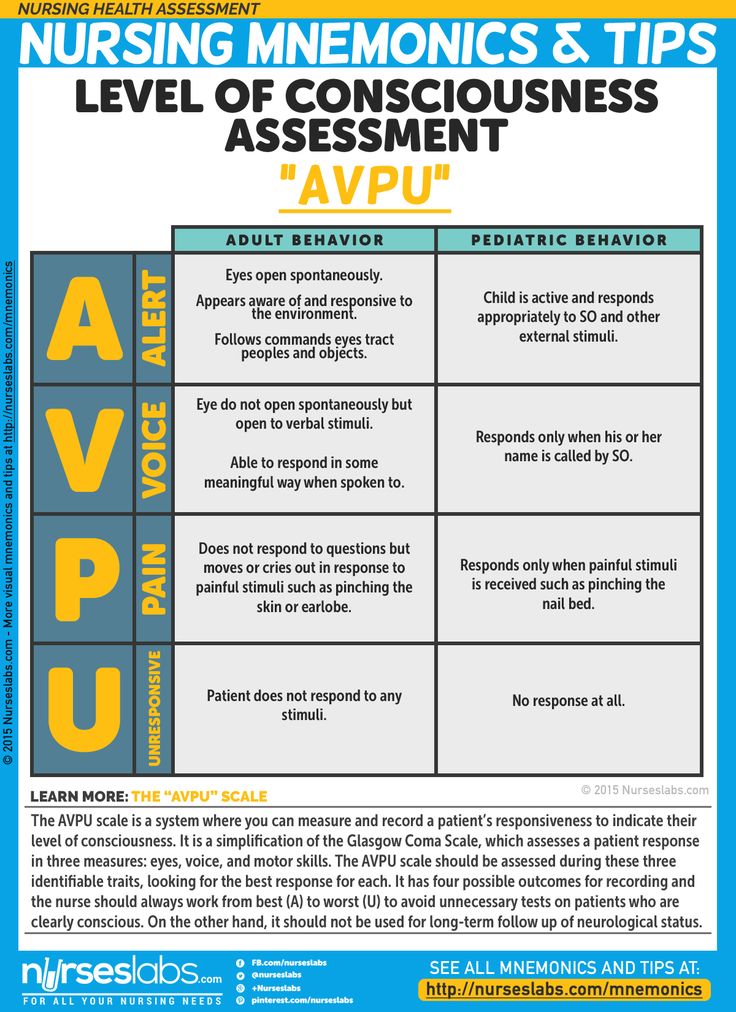 To do this, he organizes the acquaintance of the student with the subject of study in the language accepted in this field of activity. In essence, learning is the acquisition of a language related to the object being studied. It is inevitably associated with model activity, in which the student can better imagine the object being studied, mastering what the ZUN model has unsuccessfully called “skills”, sometimes bringing them to “skills”. The education-related concept of literacy can be thought of as language proficiency.
To do this, he organizes the acquaintance of the student with the subject of study in the language accepted in this field of activity. In essence, learning is the acquisition of a language related to the object being studied. It is inevitably associated with model activity, in which the student can better imagine the object being studied, mastering what the ZUN model has unsuccessfully called “skills”, sometimes bringing them to “skills”. The education-related concept of literacy can be thought of as language proficiency.
The last item in the training triad is learning the skills needed to successfully participate in the labor market.
Two goals of knowledge of the world, education:
• satisfaction of innate curiosity;
• successful integration into society.
The first is most relevant for children (“why?”), and the second for adults burdened with the obligation to support a family and raise children. Curiosity in adults fades, but not completely. For the overwhelming majority (according to some estimates, up to 85%), curiosity remains relevant only in the everyday sense. They are also focused in the learning process, primarily on acquiring skills that are useful for a career.
For the overwhelming majority (according to some estimates, up to 85%), curiosity remains relevant only in the everyday sense. They are also focused in the learning process, primarily on acquiring skills that are useful for a career.
However, in addition to these 85%, there are still adults who remain curious about the world. Fractions of a percent of them are obsessed with the search for unknown laws of the universe, and the rest, using these discoveries, are obsessed with the process of improving the lives of their contemporaries. It is they who determine breakthroughs in technological development. It is they who need to be cherished to solve the problem of a breakthrough. It is their share that can be increased by changing the conveyor model of the education system that has been established for many centuries, built on the principle of “knowledge flooding” - memorizing the information transmitted by the teacher.
If we, realizing the impasse of the old model of “filling knowledge”,
begin to develop in the direction of supporting natural curiosity
, gradually forming a meaningful educational request on its basis, and turning the entire education system towards the task of satisfying the mass meaningful educational request,
we will clearly share the goals, values and place of each element of the triad "education-teaching-preparation",
then we will not completely kill the exam.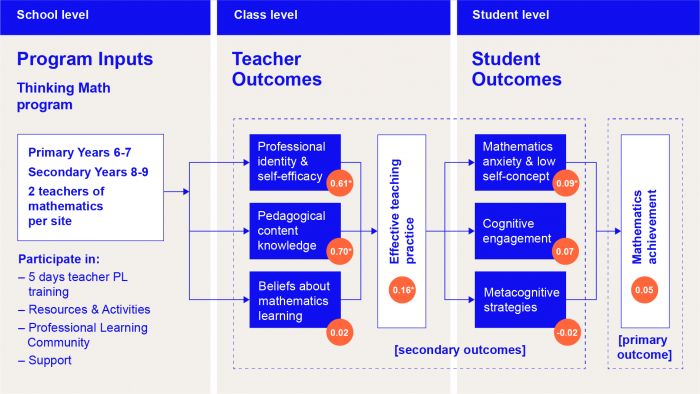 We will leave it in the only organic place - a qualification test following the results of training. Preparations! Not education and not training! And there will be a place not only for the exam, but also for other well-known practitioners of qualification testing.
We will leave it in the only organic place - a qualification test following the results of training. Preparations! Not education and not training! And there will be a place not only for the exam, but also for other well-known practitioners of qualification testing.
If we realize that in education the picture of the world is primary, and not obtaining a utilitarian qualification for the labor market, we will not abuse the concepts of “competence” in the field of education, because this is the language of HR, the language of the market. Competences are organic only in that part of the education system where training takes place. And that is not always the case.
And let 85% look in education and, in particular, in training for skills for successful earnings - the society should carry and promote the value of knowing the world. This will in no way limit people in their pursuit of acquiring work skills, but it will retain the value of knowledge, development, self-improvement without focusing on utilitarian “competences”.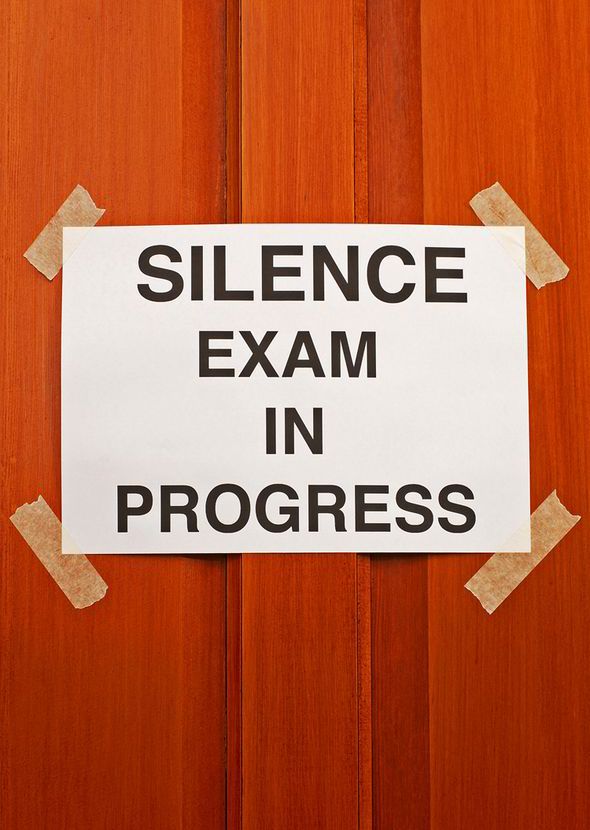 They will be perfectly and usefully used where the training process will lead to the acquisition of competencies.
They will be perfectly and usefully used where the training process will lead to the acquisition of competencies.
Active learning is based on a personal educational request. And this is personal value and personal responsibility. In this model, it is not enough responsibility to simply come to school and cramming lessons. It is this new level of responsibility that those who are against further changes in the education system are subconsciously afraid of, even in relation to those who themselves want and are ready to build their education differently.
But there is no alternative to responsibility for one's education. This should be the cornerstone of the new education system. If you are not ready to build an educational program yourself, trust the specialists. Listen to different people and choose your own path. But he chose - you answer yourself. Of course, the system must have tools for support and correction, but the principle of responsibility cannot be eliminated if the student becomes the subject.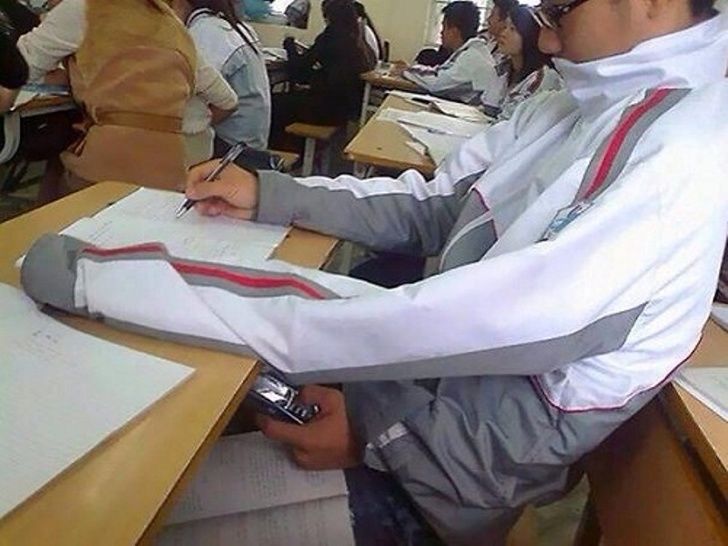 Without the student-subject, there will be no breakthroughs. Only if in spite of, through overpowering, as is typical of Russian history. Through excess costs, including abundantly shed blood. A meaningful educational request is the most important success factor in teaching new times.
Without the student-subject, there will be no breakthroughs. Only if in spite of, through overpowering, as is typical of Russian history. Through excess costs, including abundantly shed blood. A meaningful educational request is the most important success factor in teaching new times.
With this setting of educational goals, the issue of children from dysfunctional families, from families without a developed value of education, is particularly acute. State policy in the education system should be based on the leveling potential of education. The argument that it is cheaper to run schools than prisons sounds very convincing. But motivation, if it is not in the family, still cannot be replaced by anything. The time of conveyor violence of all children by a single school curriculum is irrevocably gone. All the same, as studies have shown, children whose mothers are motivated to learn are successful in learning. Need to think. First of all, about the ways of forming motivation in such children, based on other guidelines, since the parents are not such.
Everything is beautiful. What to do?
A powerful tool, when used wisely, is the "number". She is now in honor, she is on the flag of priority projects, but the system of measures laid down develops an established model for the development of budgetary funds for the extensive filling of the education system with digital technologies in various manifestations.
To cancel an exam, you need to create conditions under which the exam is not needed. If the already existing SCSE project (“modern digital educational environment” of higher education), within which the country's leading universities create a bank of distance courses, focuses on full coverage of the programs of the first 1-2 years of study, everyone can be accepted. Thus, one of the components of the final state exam - admission to a university - is leaving. Removing the graduation part of the final exam functionality is a matter of common sense and managerial will.
There is no sense in the graduation test in modern conditions.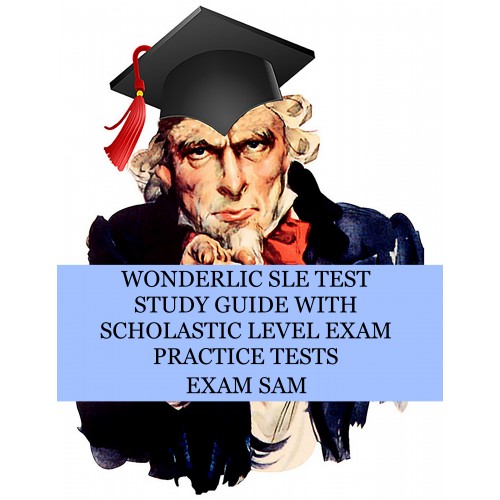 She was in pipeline learning logic. Today, if a person is returned to the student's bench again, there will be a meaningless problem for both the person and the school. Procedure is more important than meaning. The system should have tools to enable each person to receive an answer to an educational request, whenever it arises.
She was in pipeline learning logic. Today, if a person is returned to the student's bench again, there will be a meaningless problem for both the person and the school. Procedure is more important than meaning. The system should have tools to enable each person to receive an answer to an educational request, whenever it arises.
I would gladly accept the opportunity for a student to order an exam for himself to check how the school / university has fulfilled its obligations to “teach”. And then make claims to them, on the basis of checking your knowledge as opposed to promises.
In parallel with the saturation of the digital educational environment of the country with courses of the initial stage of education in universities, it would be worthwhile through the efforts of teachers from schools, universities, additional education to expand their subject area to the subject of high school. This will blur the school-university boundary, allowing all interested students, regardless of age, to master the subject area of interest to them.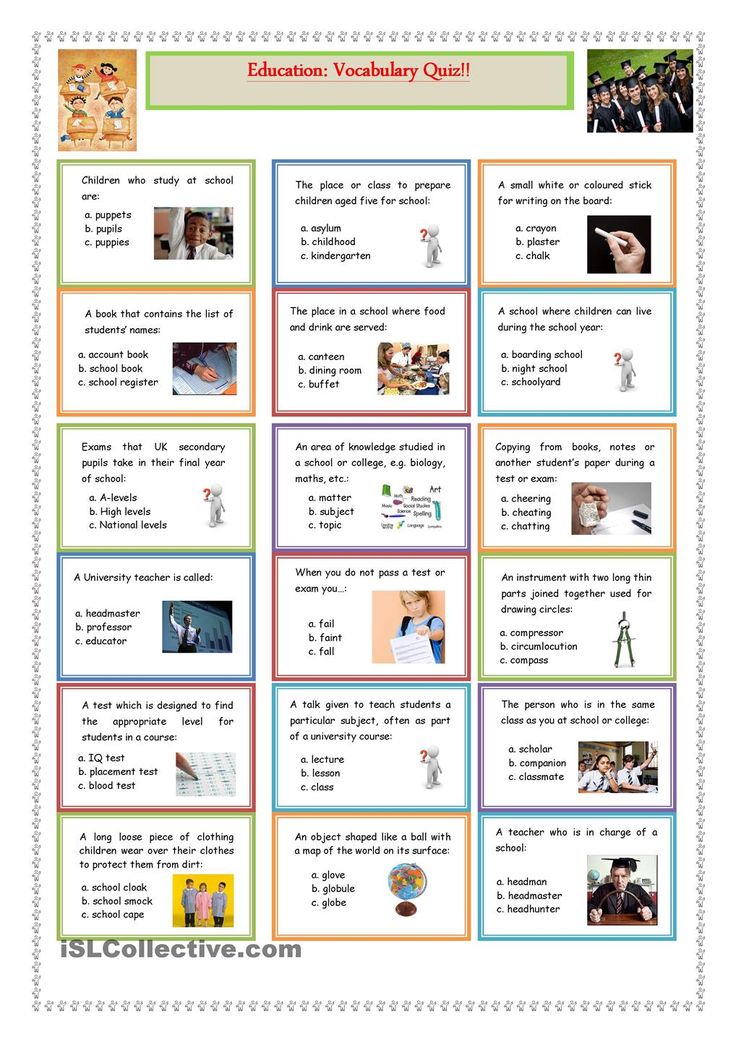 Further advancement in a particular topic will no longer be determined by a banal threshold exam, but by meaningful, interested learning. Who could and did not break, will go further.
Further advancement in a particular topic will no longer be determined by a banal threshold exam, but by meaningful, interested learning. Who could and did not break, will go further.
In order not to give the impression that I just want to replace full-time education with part-time education, I propose to develop educational structures in the regions such as the NTI University, which builds individual educational trajectories for its students on the basis of open access courses and which guarantees them employment in accordance with acquired competencies. Perhaps this logic, starting from the school-university threshold zone, will ripen for the next stage by the time the training in this zone is completed. If not, she, unlike the NTI University, will take her pupils not to work, but to senior courses in universities, which will be most suited to the preparation and interests of applicants.
And here it is important to realize that it is important for the majority (85%) to move into training, into professional employment in the labor market.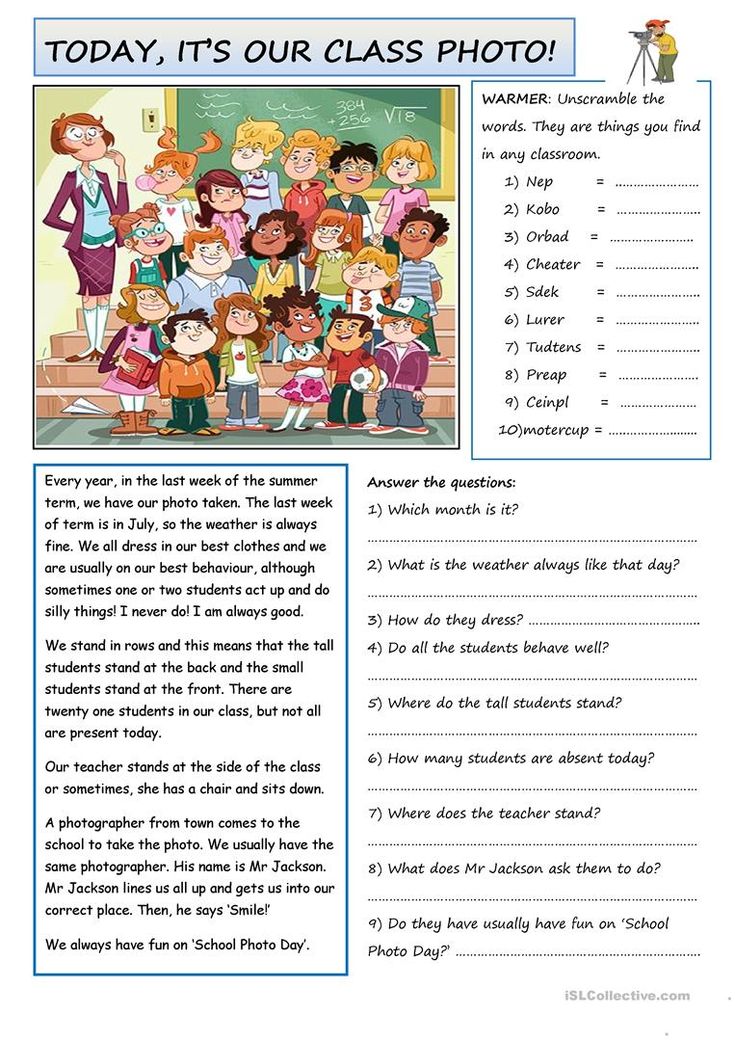 For the remaining 15%, the key motivation for education remains knowledge of the world - this is a cohort of scientists and developers of new technological breakthroughs (or, perhaps, subjective education will be able to raise this percentage). For them, competencies are not relevant. This interest will certainly manifest itself at the transitional stage between school and university, so further work with these guys can be noticeably more effective. Especially, within the framework of additional education projects, the search for gifted children, etc.
For the remaining 15%, the key motivation for education remains knowledge of the world - this is a cohort of scientists and developers of new technological breakthroughs (or, perhaps, subjective education will be able to raise this percentage). For them, competencies are not relevant. This interest will certainly manifest itself at the transitional stage between school and university, so further work with these guys can be noticeably more effective. Especially, within the framework of additional education projects, the search for gifted children, etc.
And of course, it is necessary to correct the regulatory framework for such activities. It is necessary to legalize purely networked educational activities without licensing premises for a canteen, library, toilets, which are not needed in a purely networked learning mode. It should be possible, without bureaucratic dances, to receive education in any mode, simultaneously studying in several organizations, up to completely and exclusively in a network (remote) mode.
And for this it is necessary to break the established and unshakable link between training and qualifications. These are different processes. I need to be able to study anywhere and anytime. And there should be an opportunity to check and confirm my qualifications without looking back at where and how I developed this qualification.
A little parting emotion
Oddly enough, cardinal systemic changes in the education system do not require large resources, but require, first of all, a head, good will and huge efforts to explain. The people are tired of education reforms, but there is no alternative. We need to change the system, but talk to people and convince them, and not break them, as was customary in past years.
I foresee shock among those of my colleagues for whom the final exam is the main bogey and, accordingly, the main motivator of learning. But if there is no final exam, then there is no reason to listen to them anymore ... They appear before children and parents in dazzling nakedness of their inability to work with positive motivation.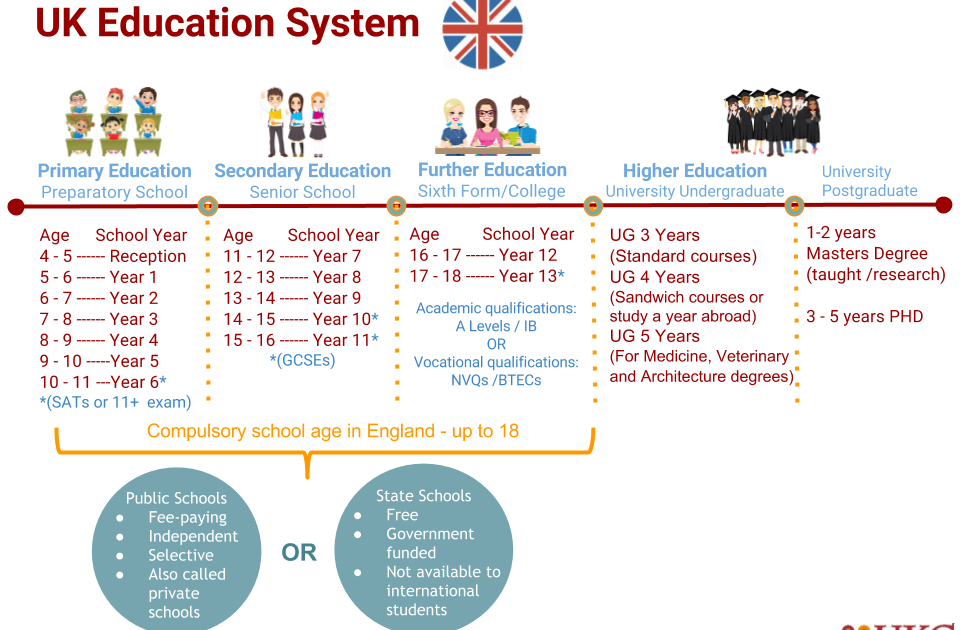
I guess not everyone is hopeless. Whoever understands the inevitability after indignations and protests can learn to work for content and for positive motivation. Those who are hopeless can qualify as a tutor, which is inevitable and in demand for such a model of education. Their concern for the student will be used in identifying inclinations and needs, and the ability to understand complex educational information and carefully move it along the procedure will be used in the study of the educational space in order to recommend to each specific student what is most suitable for him from the existing one. And since this is a real need, as opposed to a contrived final exam, the relationship between such a teacher-tutor and parent/student will be much more sincere and warm.
News from partners
Can a state school exam instill respect for laws and compromises? — T&P
An endless amount of formalities and rules when passing state exams at school is usually criticized for bureaucracy, callousness and lack of opportunities for realizing creative potential.
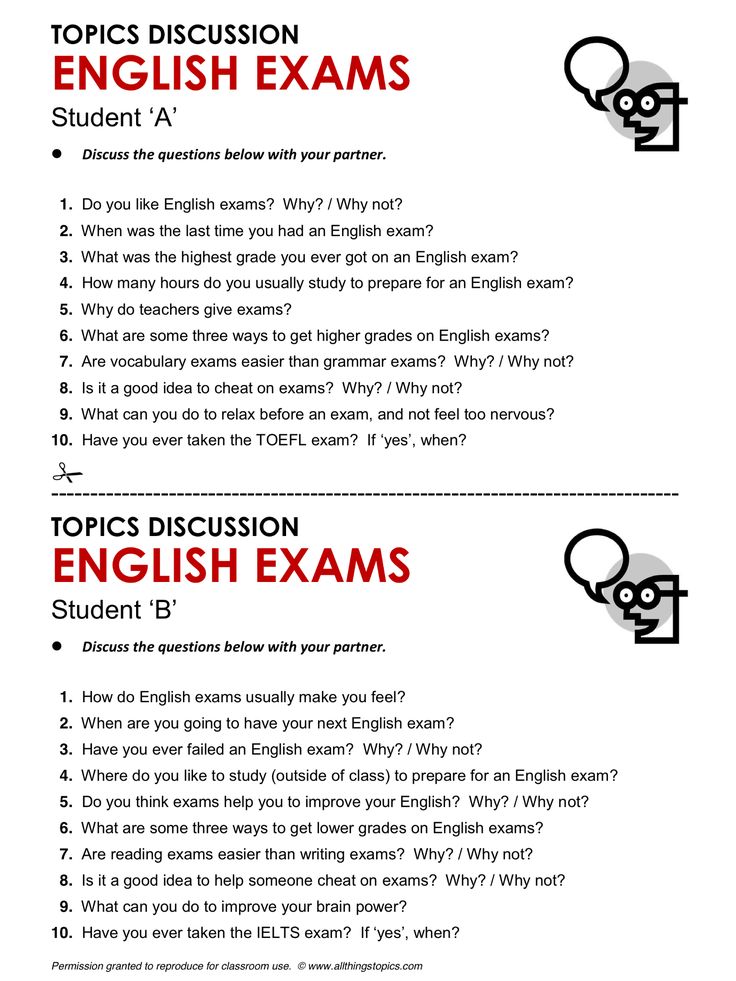 However, is it possible that it is these conventions that teach you to follow the same rules and be aware of the responsibility for their non-compliance?
However, is it possible that it is these conventions that teach you to follow the same rules and be aware of the responsibility for their non-compliance? “I learned to live simply, wisely…” is a poem by A. Akhmatova, which I chose for analysis at my graduation essay in the ninth grade. At the age of fourteen, although my position was stated very clearly, it was not appreciated in its true worth. I got a B for my work - with the wording "There's too much of you and too little of Akhmatova." Only eight years have passed, and essays on the topic “Analysis of my favorite poem” no longer have a place in school. Now ninth-graders are being prepared to take final exams in the GIA format - the state final certification, a lightweight version of the Unified State Examination.
To get a basic general education in our country, you need to pass four exams: Russian, mathematics, and two optional subjects. Sometimes, on a voluntary-compulsory basis, the third exam is a foreign language. In the lyceum, for example, this is what happens, so ninth-graders have only one subject to choose.
In the lyceum, for example, this is what happens, so ninth-graders have only one subject to choose.
Only eight years have passed, and essays on the topic “Analysis of my favorite poem” no longer have a place in school. Now ninth-graders are being prepared to take final exams in the GIA format.
Sometimes even this is not so easy to do: the subject must be equally interesting and uncomplicated. In addition, the student is free to choose the form on his own. Of those who pass social studies this year, half prepare tickets, and half prepare an essay. However, this is the last year when the student makes such a decision himself. Now all exams will be held in the GIA format.
Schoolchildren and teachers are gradually being prepared for the transition. This year, it is mandatory to take the GIA only in Russian and mathematics. But there is enough preparation for them. For everything to be honest and objective, it is not enough to encrypt the work and give it to scanners and independent experts for verification.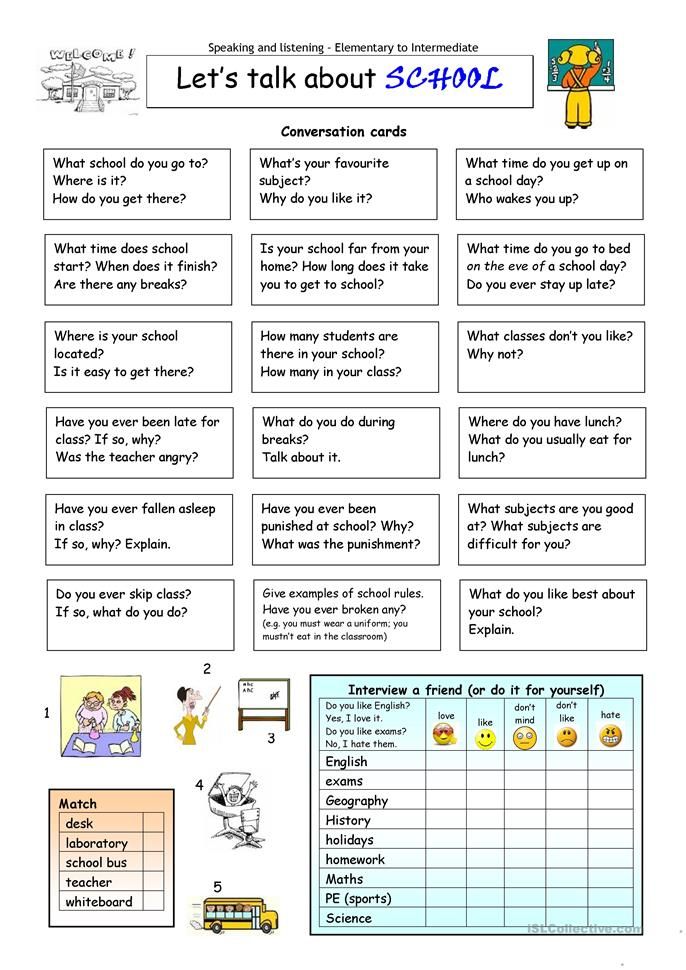 It is necessary that the exam itself be held centrally.
It is necessary that the exam itself be held centrally.
Everything is strict now. First, no one can take an exam at their school. For the duration of the GIA, schools change students among themselves. All works are written in the presence of strangers. Secondly, only the organizer can be in the audience. His task is to help in the correct execution of forms and maintain discipline. And so that there is no desire to help, the organizer cannot be a teacher in whose specialty the exam is being held.
The duration remains the same - 4 hours. However, now during this time the student must demonstrate different skills and abilities. For example, the GIA in the Russian language includes not only a test part, but also a presentation and an essay. Yes, they do not have to be voluminous - the total number of words should not exceed 300. But they no longer check literacy - spelling dictionaries are used as reference material in each classroom.
Grandmother said that when she was taking her final exam in mathematics, she asked one boy to write at least an "a" in the square.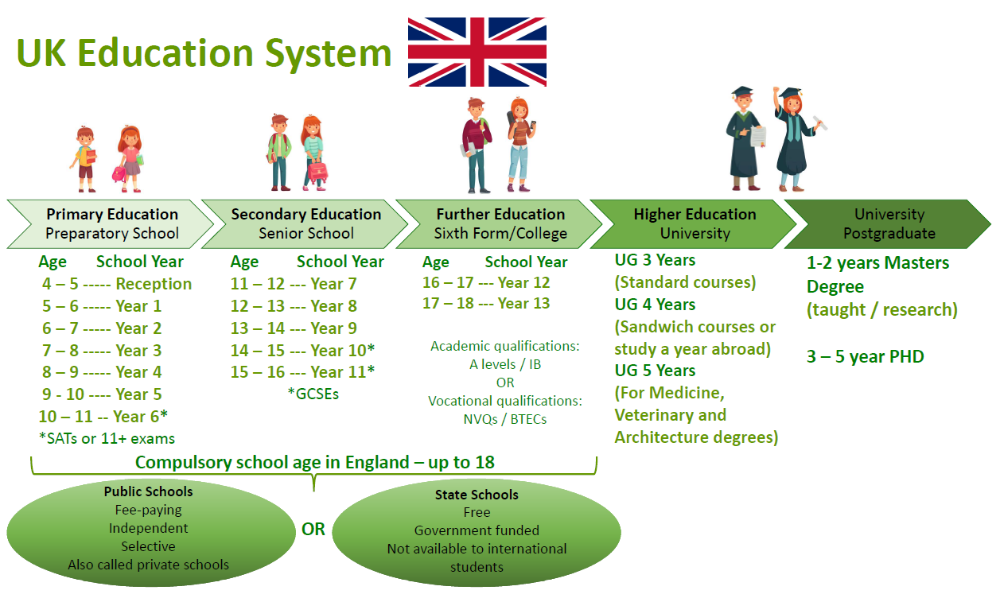 Just to give him a three. He went to the blackboard and drew a square with an "a" inside.
Just to give him a three. He went to the blackboard and drew a square with an "a" inside.
But the main thing that is spent half an hour before the start of the exam is filling out the answer forms. According to the instructions, the exam starts at 9 am, but the children have been in the audience since 8:30. I think this is the most critical part of the process. An incorrectly completed form threatens that the scanner does not count the work and the result will be completely canceled. In addition, in order to exclude cheating attempts, it is forbidden to correct anything on the forms, and each student is assigned a personal four-digit number.
Even the reading of the text for presentation has been unified: now a disk with a pre-recorded voice will be sent to the school. No teacher will have the opportunity to read the text too slowly or too quickly.
Everything was different before. On the day of the exam, we came to school early in the morning, brought flowers, and the parents' committee bought food so that teachers could rest after checking the papers.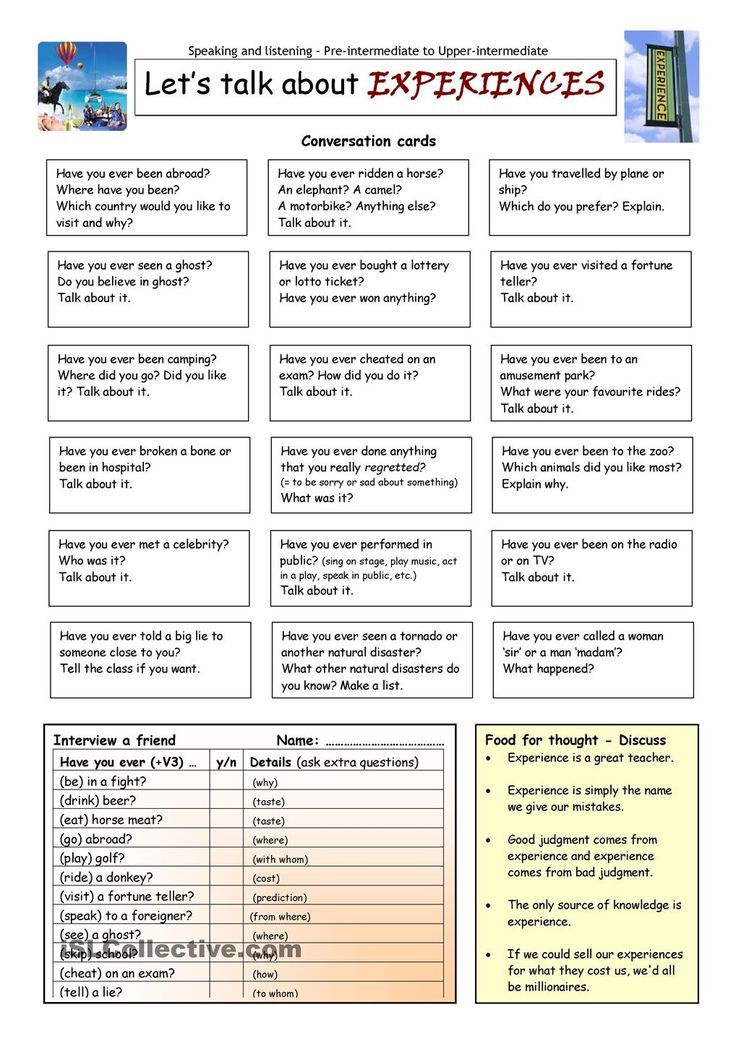 During the exam, teachers walked around the classroom, casually pointing out shortcomings and mistakes. And this family and home environment set in a calm mood. School exams were not taken seriously. Everyone knew that at least a “troika” would be given to everyone. I remember how my grandmother told me that when she was taking her final exam in mathematics, she asked one boy to write at least "a" in a square. Just to give him a three. He went to the blackboard and drew a square with an "a" inside. He was given "satisfactory" and released.
During the exam, teachers walked around the classroom, casually pointing out shortcomings and mistakes. And this family and home environment set in a calm mood. School exams were not taken seriously. Everyone knew that at least a “troika” would be given to everyone. I remember how my grandmother told me that when she was taking her final exam in mathematics, she asked one boy to write at least "a" in a square. Just to give him a three. He went to the blackboard and drew a square with an "a" inside. He was given "satisfactory" and released.
So far, the form raises more questions than it answers. The creators themselves cannot agree on how to fill out the forms correctly: separate answers with commas or write together, how to transfer fractions and what to do if you accidentally put a cross in the wrong place.
GIA deprives teachers and students of this opportunity. And in my opinion, that's a good thing. It's time to finally give people the opportunity to get what they deserve. Real charity is teaching people how to work, not giving them grades for nothing. How else will the understanding be formed that only efforts lead to results?
Real charity is teaching people how to work, not giving them grades for nothing. How else will the understanding be formed that only efforts lead to results?
Last week, as an organizer, I conducted trial GIAs in Russian and mathematics. Yes, while the form raises more questions than answers. The creators themselves cannot agree on how to fill out the forms correctly: separate answers with commas or write together, how to transfer fractions and what to do if you accidentally put a cross in the wrong place.
But on the other hand, a clear form teaches you to follow the same rules and be aware of the responsibility for their non-compliance. At the test GIA in mathematics, several people consistently violated the established laws: they wrote with the wrong pens, used technology and spoke loudly. While they are at their school, they are not kicked out for this, but only slightly scolded. Moreover, the last one causes sincere bewilderment: “What is it? It's not a real exam!" In my opinion, this phrase formulates a general attitude towards the rules.